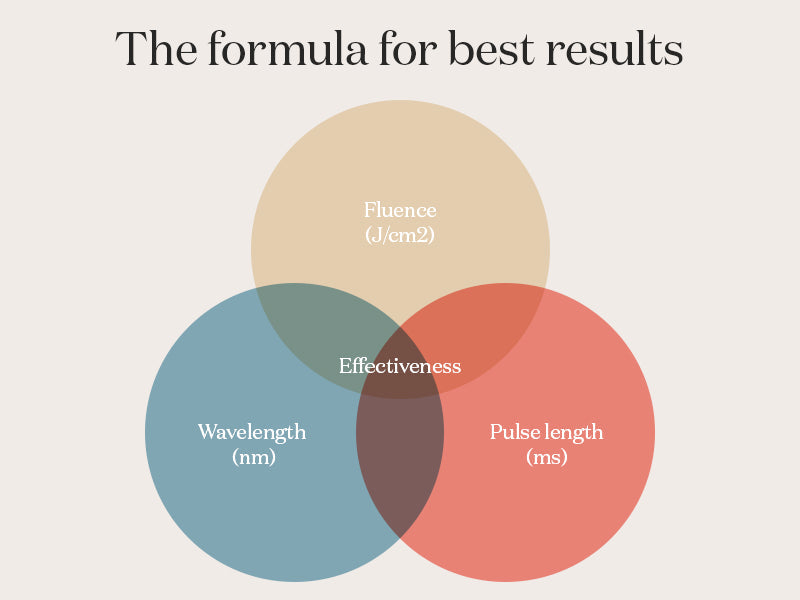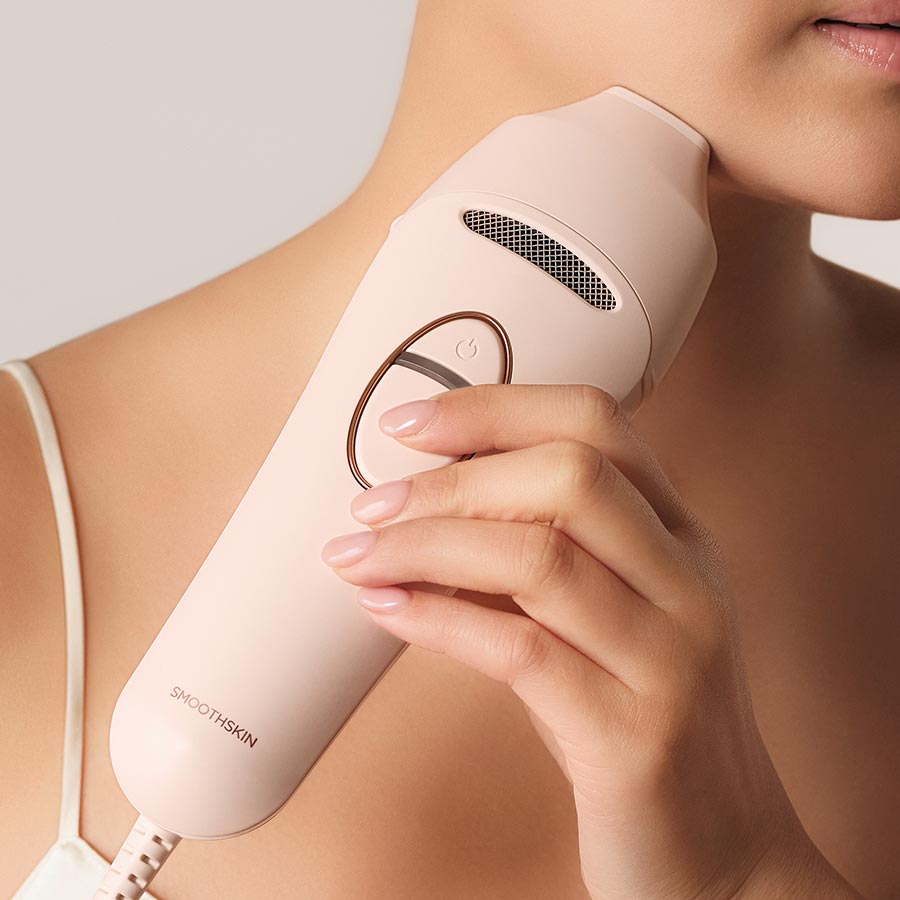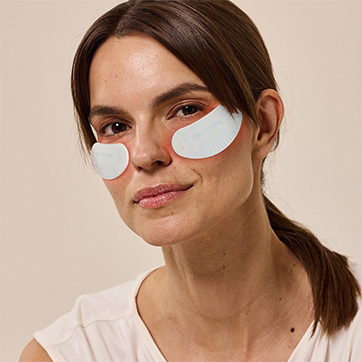Why winter is the best time for IPL hair removal
Top 4 reasons why starting your IPL hair removal journey in winter will give you the best results
When we move into the cooler months, it’s easy to let our hair removal routines fall by the wayside. In fact, our new research* found that 3 in 10 (29%) people (rising to 40% when looking at just women) say they remove their body hair less in the colder months than they do in summer.
At SmoothSkin, we believe hair removal is a personal choice. We know that some people like a smooth finish across their entire body, others prefer to leave some hair, and some prefer to remove nothing at all.
For those who do choose to remove their body hair, it’s clear to see why they would choose to do so less in the winter. We’re naturally covered up more, so there’s no need to go through the grueling routine of shaving your legs only to step out of the shower and realize you missed a patch on your ankle and knee.
However, with IPL hair removal, you’ll no longer need to battle with the razor every couple of days nor fight off ingrown hairs. If you’ve been toying with giving up on traditional hair removal methods like shaving or waxing, now is the perfect time.
Winter is the perfect time to switch up your hair removal routine and try out IPL. Below our experts explain why:
1. IPL works better on ‘winter skin’
Because IPL light is attracted to the dark pigment in hair follicles, if you have a sun tan, this can interfere with how effective your treatment is. This is because IPL technology only works on certain skin types and hair colors, due to the contrast needed from the light to work effectively.
However, in the winter, we’re naturally covered up more, reducing the likelihood of skin darkening from the sun. Therefore, ‘winter skin’ tends to have a much higher response rate to IPL hair removal treatment.
2. Less sun exposure
Similarly, after an IPL hair removal treatment, it’s best to avoid UV exposure for at least 24 hours. Not only is this to avoid developing a tan, but your skin can become sensitive after IPL treatments.
While IPL is generally low-pain (you might feel some heat sensations during flashes, but nowhere near the pain level of the likes of waxing or threading), it can cause some redness or inflammation.
This is nothing to worry about and tends to fade shortly after treatment, however, exposing this skin to UV rays can exacerbate irritation.
3. Cooler temperatures
Similarly to sun exposure after treatment, excessive sweat can worsen any skin sensitivity after IPL hair removal.
During the winter, we’re naturally less likely to sweat when going about our day, making it a much better time for IPL than summer when heat waves strike.
4. Hair free by summer!
While IPL can be performed at any time of year, starting your IPL hair removal treatment in winter is the most strategic as it gives you enough time to see the best results.
So, how long does IPL take to work? To achieve long-lasting results and catch each hair during its growth phase, you’ll need to use your IPL hair removal device every week for 12 weeks.
Your hair grows in four cycles: anagen, catagen, telogen, and exogen, which roughly explains ‘growing’, ‘transition’, ‘resting’, and ‘shedding’. However, the four stages of hair growth won’t be linear for every single hair on your body. At any given time, you’ll have different groups of hair going through different stages of the growth cycle.
IPL hair removal works best on hair in the anagen (growth) stage, which is why you’ll have to do a treatment of IPL hair removal every week across the 12-week course to ensure you target each hair during the correct stage.
Don’t believe 12 weeks is all it takes? Check out real people’s results with SmoothSkin.
*research conducted amongst 2,000 US adults (18+) via consumer survey








